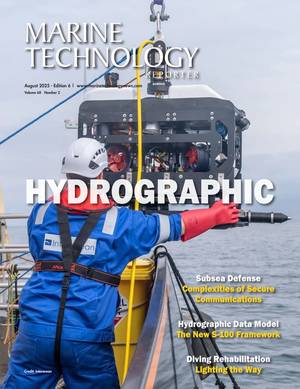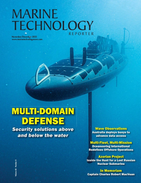Marine Technology Reporter Blogs - biodiversity
Potential Environmental Consequences of Deep Sea Mining

In order for deep sea mining to be safely implemented, it is necessary to ensure the protection of sensitive ecosystems and minimize the potential environmental impact of the mining operations. Hydrothermal vents are the primary source for deep sea minerals. The magma below these vents heats the surrounding seawater, which causes metals within the sediment to leach into the water. The subsequent shock of the cold water causes the metals to precipitate and form as solids in the sediment surrounding the vents. Because of these high concentrations, most deep sea mining would occur in the chimneys above the vents. The vents themselves would be preserved undamaged, but the chimneys would be destroyed in order to mine the metals encrusted on them.
Subsea Mountains in the South Atlantic-Brazilian Expedition uncovers striking biodiversity at the Rio Grande rise

The Rio Grande rise is located around 1,000 km from the Brazilian coast off the southern state of Rio Grande. This submerged mountain chain has its highest point located 580 meters below the surface of the ocean in a region where the mean depth is around 4,000 meters. The Rio Grande rise is the size of the Brazilian state of Bahia and is packed with a wide variety of marine life, many of which are unknown to scientists. During the expedition researchers noticed that there was a greater number of whales and seabirds close to the rise than in other offshore areas. The project´s official name is Mar-eco Atlântico Sul, and can be considered as a sea life census.

 August 2025
August 2025



